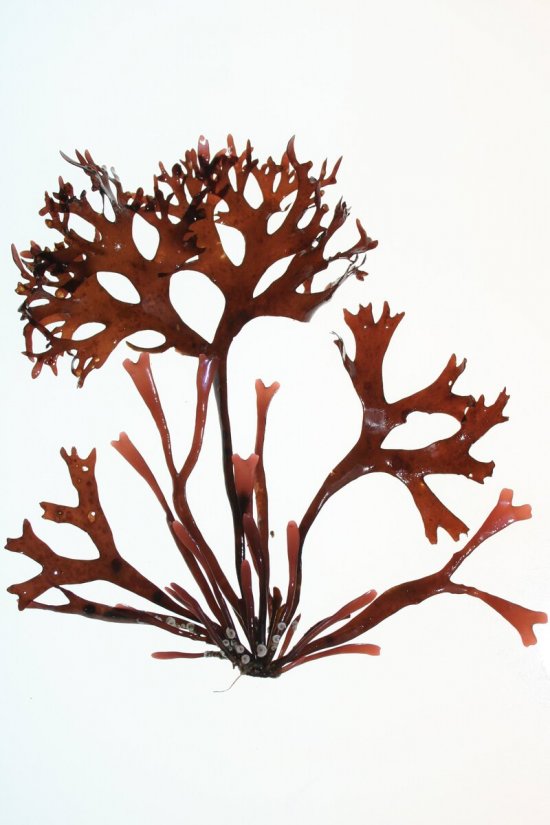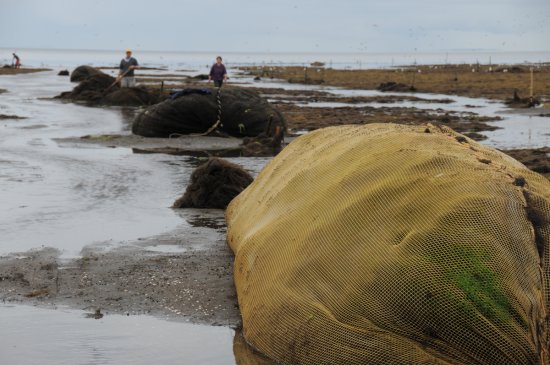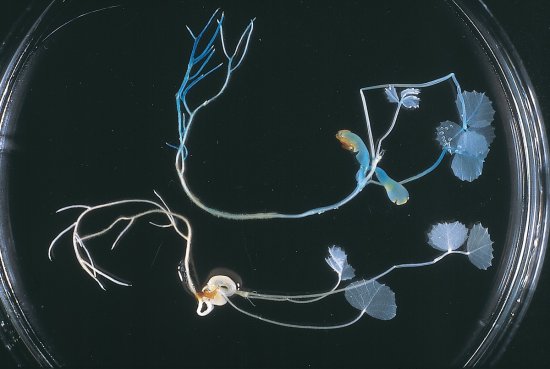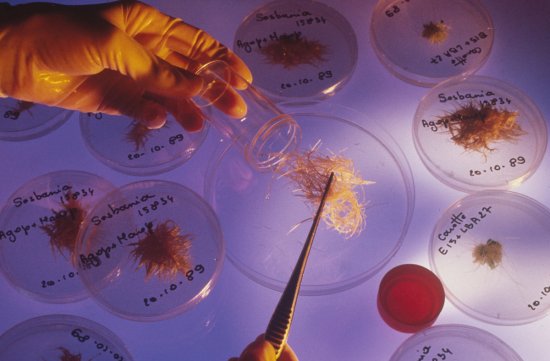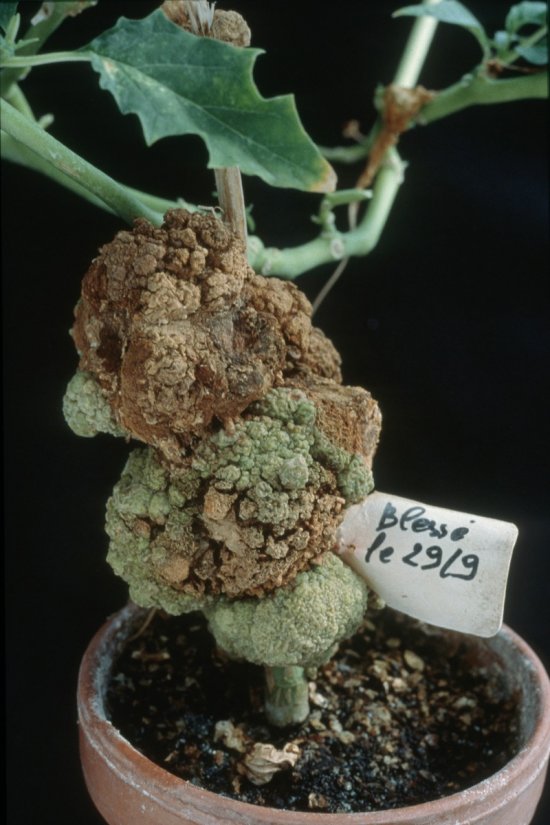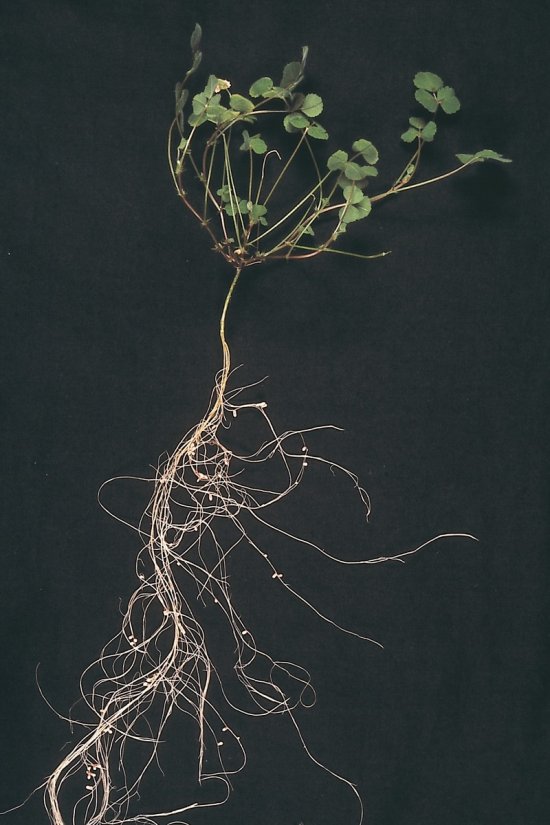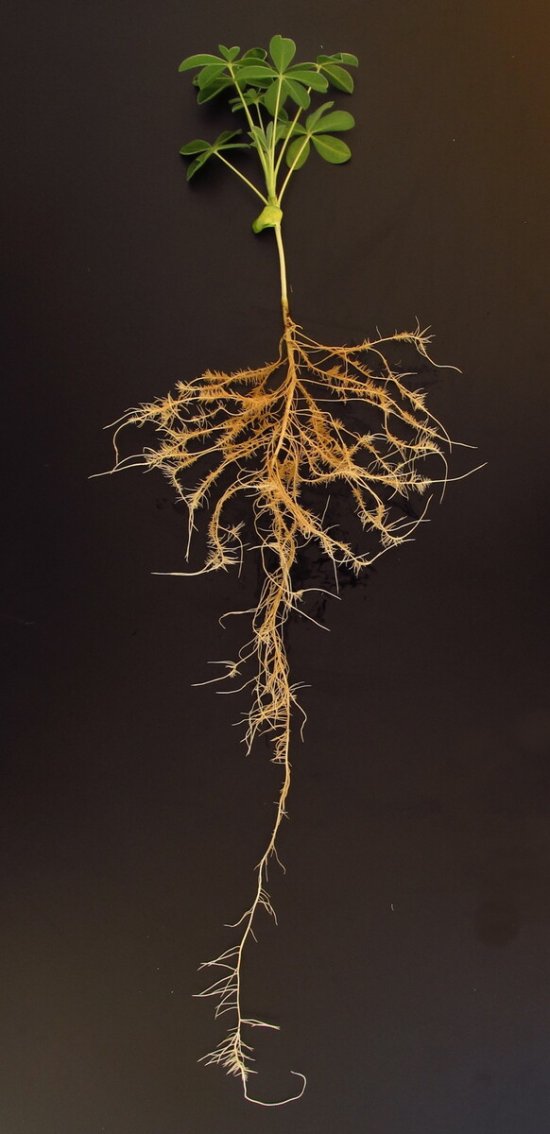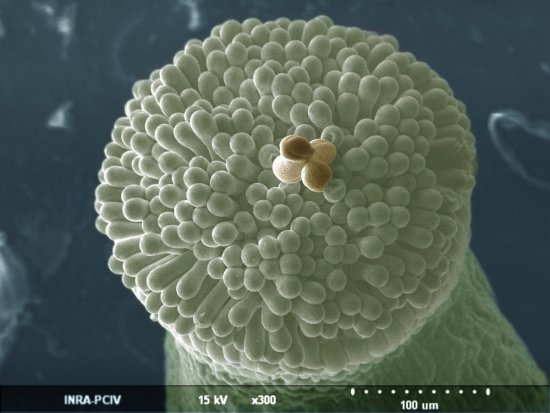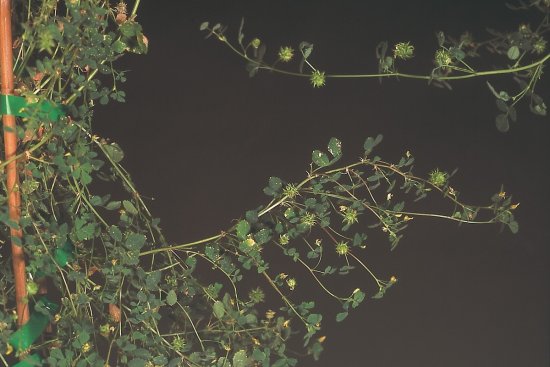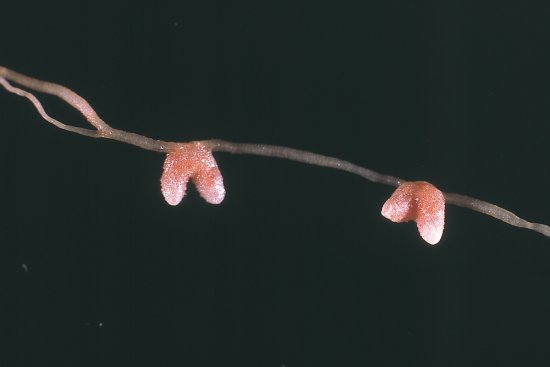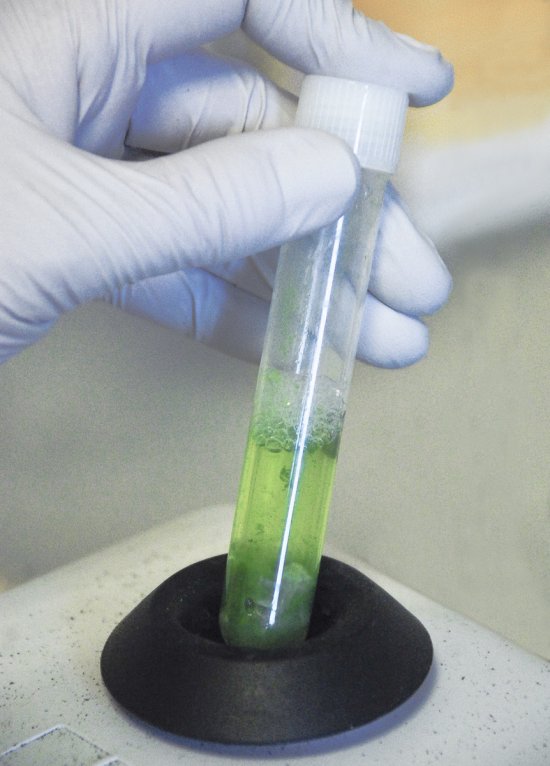
© Lucie RIGLET / RDP / CNRS Images
Reference
20170133_0005
Pollinisation incompatible d’une Arabette des dames
Incompatible attempted pollination of thale cress (arabidopsis thaliana), observed using scanning electron micrsoscopy. Here, the surface of the female reproducitve organ, the stigma, formed of elongated cells, the stigmatic papillae, rejects all pollen grains. The plant will not be fertilised. Despite encountering hundreds of grains of pollen, the female reproductive organs of plants are able to choose their male partners very quickly. In the case of brassicas (the group that includes cabbages, radishes, rockcress, etc.), this choice depends on a lock-and-key type interaction, the key (a peptide) being introduced by the pollen whereas the lock (a membrane-associated kinase receptor) is present on the plasma membrane of the stigma cells. If the key and the lock are genetically related (being brother and sister, for example), the lock-and-key interaction prompts the stigma to reject the pollen. This mechanism enables the plant to avoid inbreeding.
The use of media visible on the CNRS Images Platform can be granted on request. Any reproduction or representation is forbidden without prior authorization from CNRS Images (except for resources under Creative Commons license).
No modification of an image may be made without the prior consent of CNRS Images.
No use of an image for advertising purposes or distribution to a third party may be made without the prior agreement of CNRS Images.
For more information, please consult our general conditions
